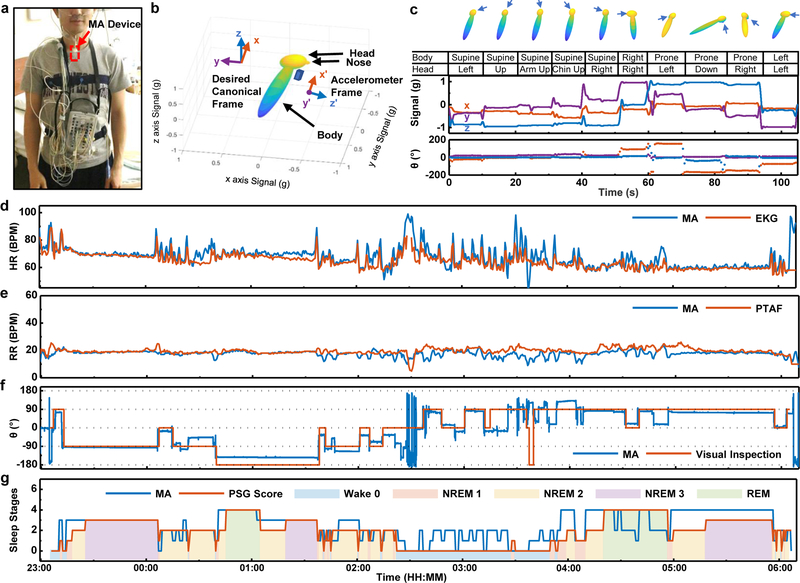Fig. 5 |. Application of mechano-acoustic (MA) sensing from the suprasternal notch (SN) in clinical sleep studies.
a, Image of the MA device on the SN (red box) along with a gold-standard polysomnography (PSG) sensor ensemble, including devices for recording Electrocardiograms (ECG), Electroencephalograms (EEG), and Electrooculograms (EOG) and for Pressure Transducer Airflow (PTAF) measurements, along with an Abdomen Strain Gauge, Thorax Strain Gauge and Thermistor. b, Avatar representation of a subject with the associated device frame and canonical frame. c, Body orientation calibration test. The arrows indicate the position of the nose. d, Comparisons of heart rate determined with the MA sensor and with the ECG recordings during sleep. e, Comparisons of the respiration rate determined with the MA sensor and with the nasal Pressure Transducer Airflow (PTAF) recordings during sleep. f, Comparisons of the body orientation determined with the MA sensor and by visual inspection by a sleep technician. g, Inference of sleep stages based on multi-band z-axis signal power of MA measurements in comparison to clinically determined sleep stages

